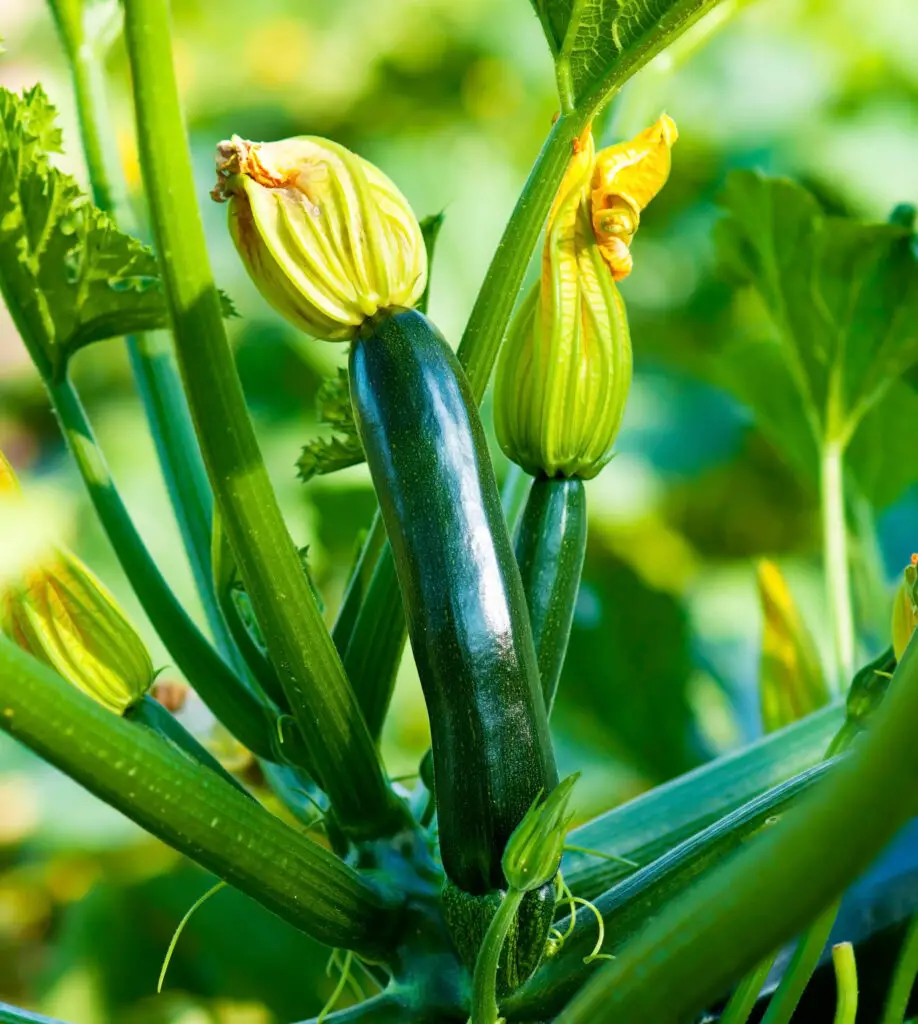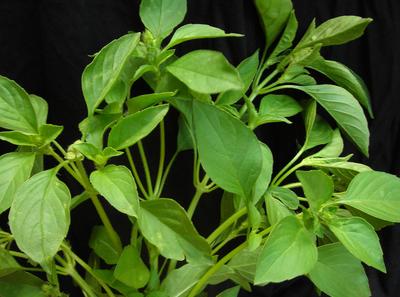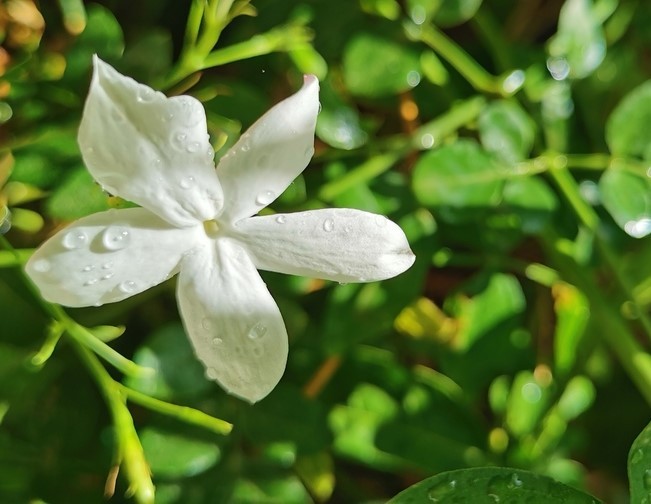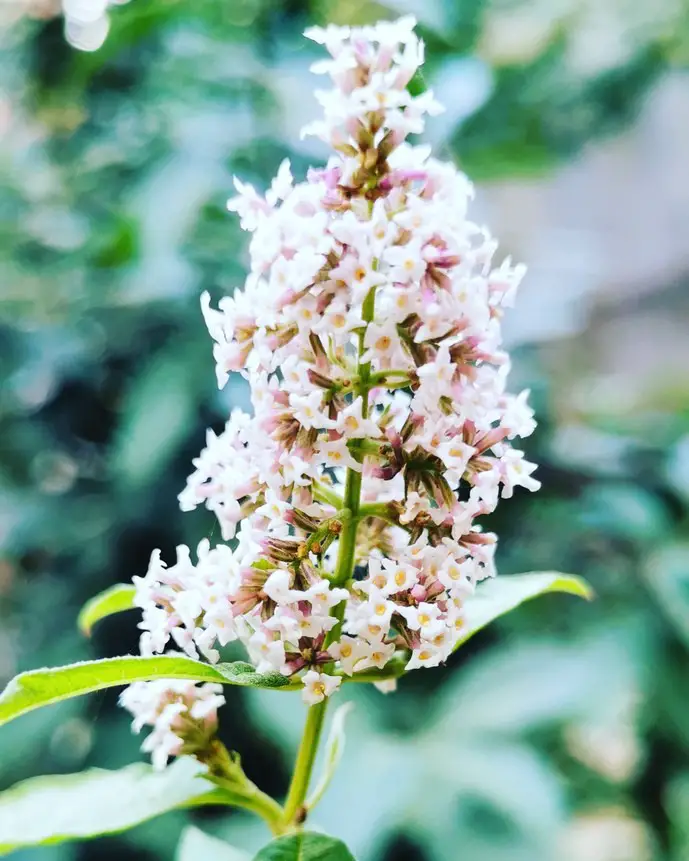What are Plant Suckers?
Plant suckers are unwanted shoots that grow from the base or roots of plants. They often emerge from the underground parts of the plant and can divert energy and nutrients away from the main plant, affecting its growth and productivity. It is important to remove and prevent plant suckers to maintain the health and vigor of your plants.
Why Remove Plant Suckers?
Removing plant suckers is essential for several reasons:
- Prevent energy and nutrient diversion: Plant suckers compete with the main plant for resources, diverting energy and nutrients away from its growth and productivity.
- Control plant growth: Suckers can cause overcrowding and lead to a dense and tangled plant structure, making it difficult for air circulation and sunlight penetration.
- Prevent disease and pest infestation: Suckers are often more susceptible to diseases and pests, which can spread to the main plant if left unattended.
- Promote fruiting and flowering: Removing suckers allows the main plant to focus its energy on producing flowers and fruits, resulting in a more abundant harvest.
How to Remove Plant Suckers
Follow these steps to effectively remove plant suckers:
Step 1: Identify the Suckers
Inspect your plants regularly to identify any suckers. Look for shoots emerging from the base or roots of the plant, usually with different leaf shapes or growth patterns compared to the main plant.
Step 2: Locate the Sucker’s Origin
Trace the sucker back to its point of origin. Suckers often grow from the underground parts of the plant, such as the rootstock or basal buds.
Step 3: Remove the Sucker
Using a sharp and clean pair of pruning shears or a knife, carefully cut the sucker as close to its point of origin as possible. Make a clean cut to minimize damage to the main plant.
Step 4: Dispose of the Sucker
Remove the cut sucker from the plant to prevent it from regrowing. Dispose of the sucker properly, either by composting or discarding it in the appropriate waste bin.
How to Prevent Plant Suckers
Preventing plant suckers is key to maintaining the health and productivity of your plants. Here are some effective prevention methods:
1. Proper Planting Techniques
When planting new trees or shrubs, ensure that the graft union (the swollen area where the scion and rootstock are joined) is above the soil line. This helps prevent suckers from growing from the rootstock.
2. Regular Pruning
Prune your plants regularly to remove any suckers that may emerge. This helps maintain the plant’s shape and prevents the development of dense and tangled growth.
3. Mulching
Apply a layer of organic mulch around the base of your plants. Mulch helps suppress sucker growth by preventing light from reaching the underground parts of the plant.
4. Watering and Fertilizing Practices
Ensure that your plants receive adequate water and nutrients. Proper watering and fertilizing practices promote healthy plant growth, reducing the likelihood of sucker formation.
5. Root Pruning
For plants that are prone to sucker growth, consider root pruning. This involves cutting through the roots around the plant’s base to stimulate new root growth and discourage sucker formation.
Frequently Asked Questions
Q: Are all plants susceptible to suckers?
A: No, not all plants produce suckers. Some plants, like fruit trees and roses, are more prone to sucker growth. However, it’s always a good idea to inspect your plants regularly to catch any suckers early.
Q: Can I use herbicides to remove plant suckers?
A: While herbicides can be effective in removing suckers, they can also harm the main plant if not used properly. It’s best to rely on manual removal methods to avoid any accidental damage.
Q: How often should I prune my plants to prevent sucker growth?
A: The frequency of pruning depends on the plant species and its growth habit. Generally, pruning once or twice a year, during the dormant season or after flowering, can help control sucker growth.
Q: Can I propagate plants from suckers?
A: Yes, in some cases, suckers can be used for propagation. However, it’s important to ensure that the sucker is healthy and free from diseases before attempting propagation.
Conclusion
Removing and preventing plant suckers is essential for maintaining the health and productivity of your plants. Regular inspection, proper removal techniques, and preventive measures such as proper planting, regular pruning, mulching, and appropriate watering and fertilizing practices can help you effectively manage plant suckers.
By taking these steps, you can ensure that your plants thrive and produce abundant flowers and fruits.
I hope this information was helpful! If you want to know more about plants, please join our free weekly newsletter and follow our social platform:




